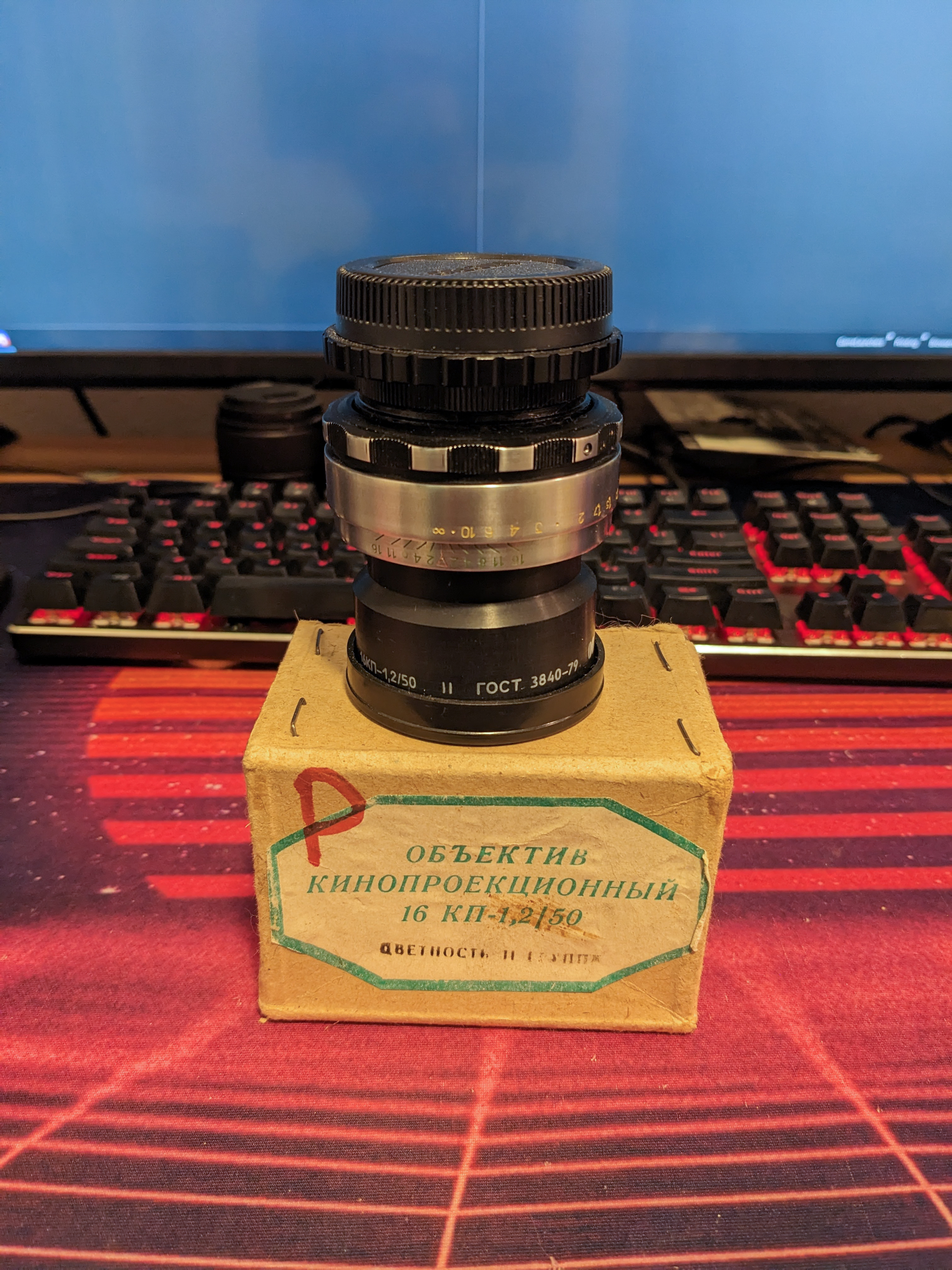Photography
c/photography is a community centered on the practice of amateur and professional photography. You can come here to discuss the gear, the technique and the culture related to the art of photography. You can also share your work, appreciate the others' and constructively critique each others work.
Please, be sure to read the rules before posting.
THE RULES
- Be nice to each other
This Lemmy Community is open to civil, friendly discussion about our common interest, photography. Excessively rude, mean, unfriendly, or hostile conduct is not permitted.
- Keep content on topic
All discussion threads must be photography related such as latest gear or art news, gear acquisition advices, photography related questions, etc...
- No politics or religion
This Lemmy Community is about photography and discussion around photography, not religion or politics.
- No classified ads or job offers
All is in the title. This is a casual discussion community.
- No spam or self-promotion
One post, one photo in the limit of 3 pictures in a 24 hours timespan. Do not flood the community with your pictures. Be patient, select your best work, and enjoy.
-
If you want contructive critiques, use [Critique Wanted] in your title.
-
Flair NSFW posts (nudity, gore, ...)
-
Do not share your portfolio (instagram, flickr, or else...)
The aim of this community is to invite everyone to discuss around your photography. If you drop everything with one link, this become pointless. Portfolio posts will be deleted. You can however share your portfolio link in the comment section if another member wants to see more of your work.
view the rest of the comments

Weird photos? I wanna see.
My favourite is my Sony 200-600mm because I’m a birder. Has elevated my game so much.
Here's a link to a small album of some shots I can share made using the lens. The shots with multiple minis in it the minis are at most 6 inches apart.
Here's a pic I took at about midnight using the lens as well. I hope to do more using the lens with reflections and small light sources.
Here's a cool vid of being able to focus on things behind the subject. Behind the mini by about a foot is my monitor displaying an image.
I'm currently in the process of putting a bunch of my pictures on my Deviantart‡ account, I haven't done a lot yet because I don't want to flood it all at once but it's a slow process of uploading.
‡ It's SFW and will stay that way, don't worry.
what do you reckon about spotting-scopes with camera-mounts?
i can't quite figure out why "camera" lenses suitable for wildlife are so much more expensive than spotting scopes.
i use my astronomical telescope with my full-frame digital camera. it is a 450mm f/5 prime lens, but it was a fraction of the price of any similar "camera" lens, even including the substantial tripod (which cost about as much as the tube). it actually can focus on things not too far away. no good for indoor use, sure, but fine in a park.
what's the advantage?
I'm a noob, but often what drives up lens cost is the complexity associated with making the image better over the whole field of view. Lenses have various inherent errors (called aberrations) that are corrected by a combination of complex surface profiles on individual lens elements and stacking multiple individual lens elements to cancel each other's errors out. A scope likely only needs good correction near the center, where the user will be looking most of the time, while a camera lens needs good correction everywhere so the whole photo looks good when you view it later. Wider field of view makes good correction much more complicated and expensive very fast.